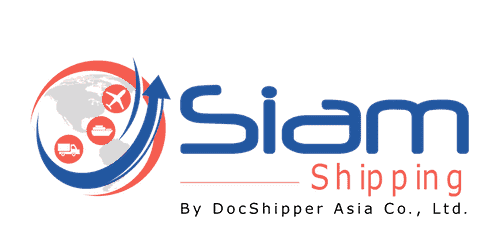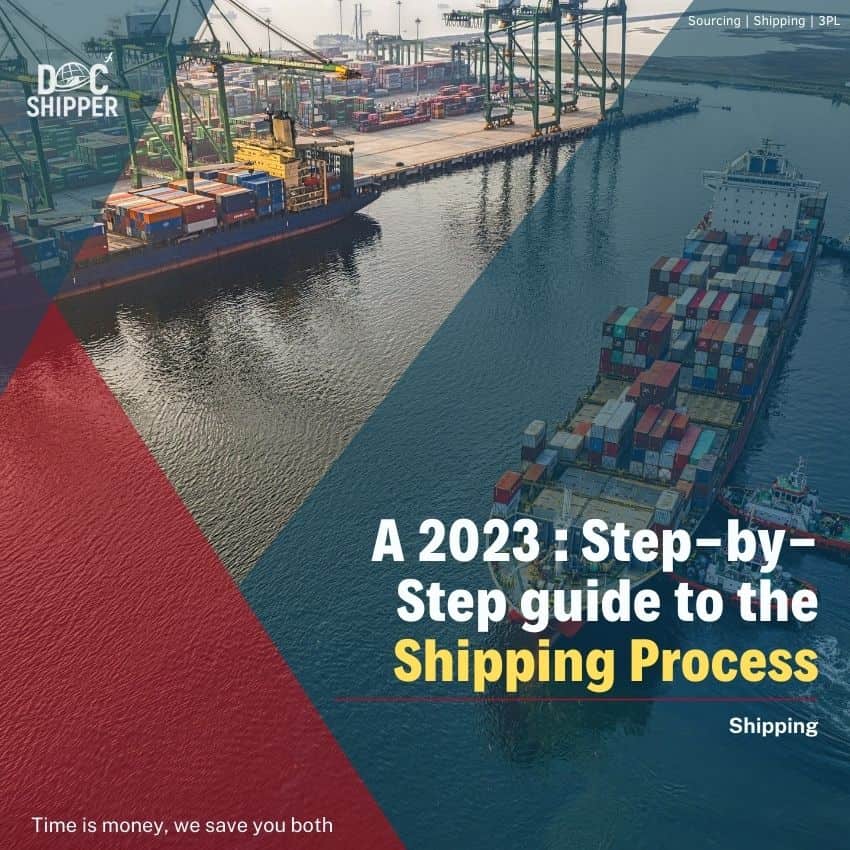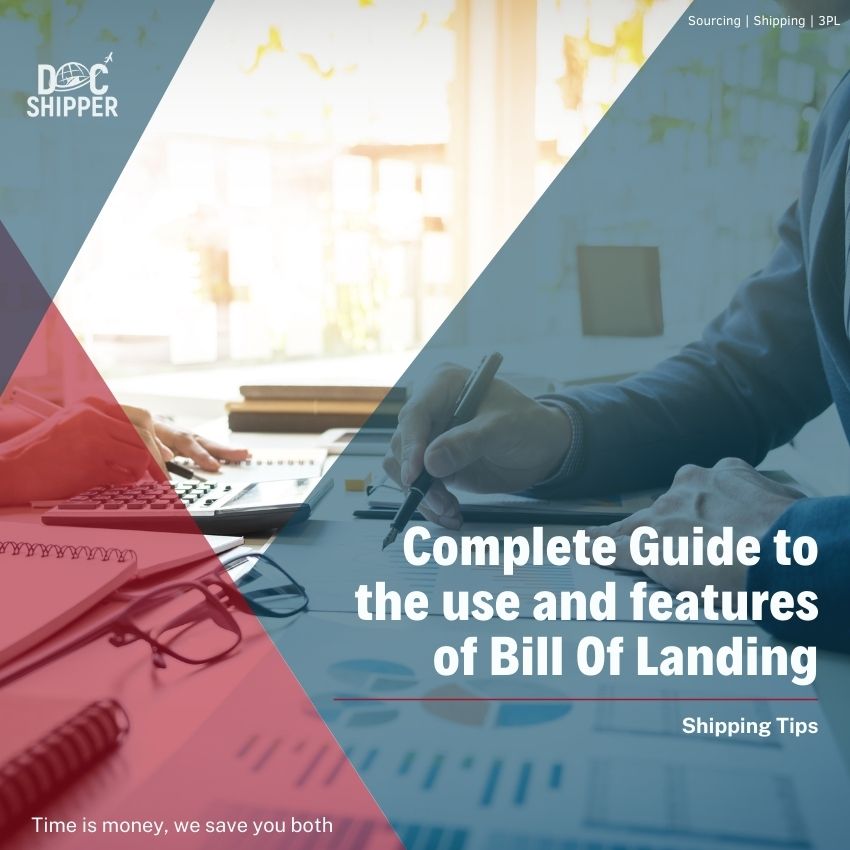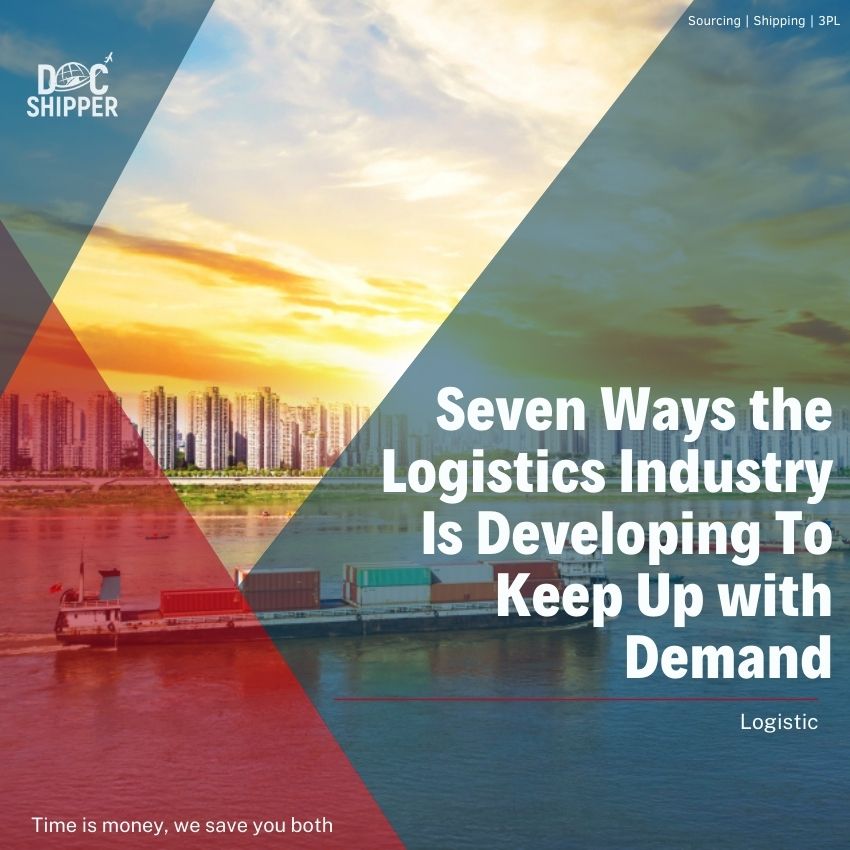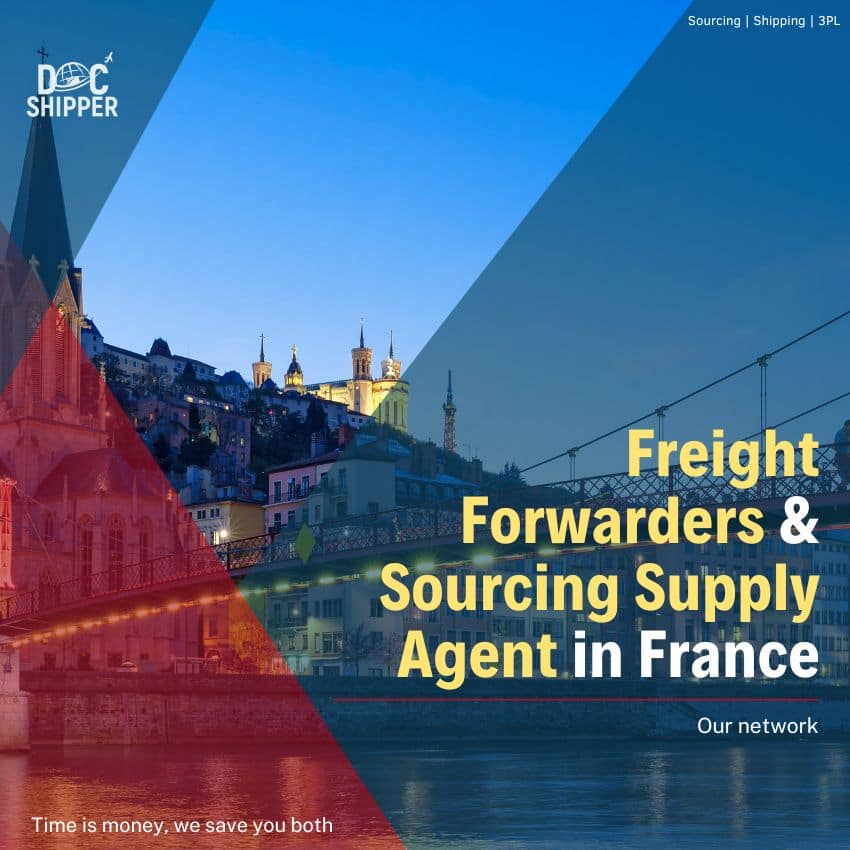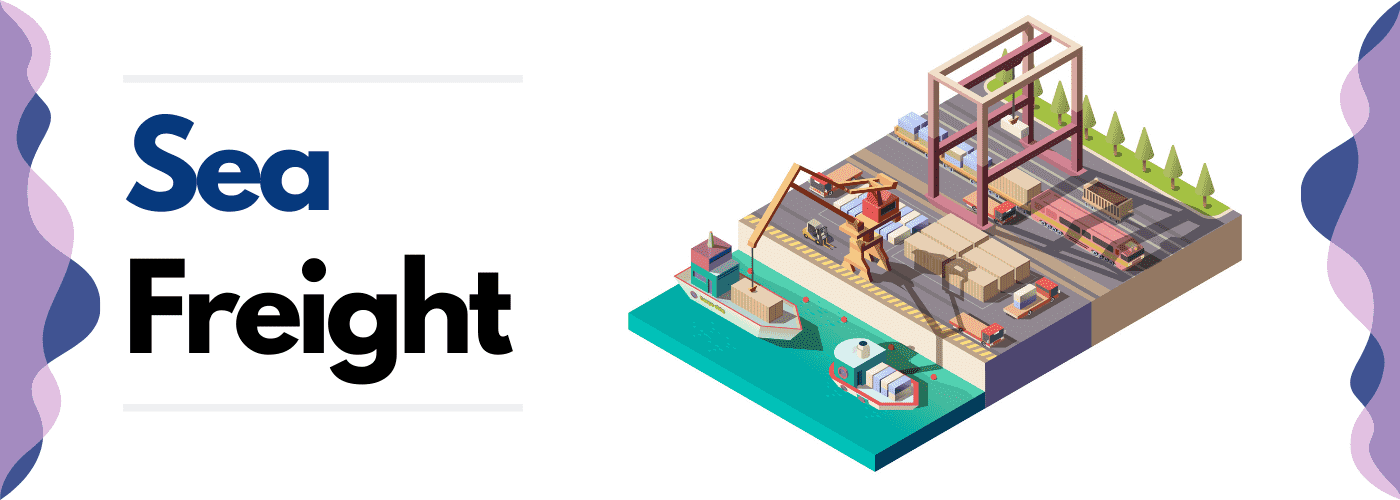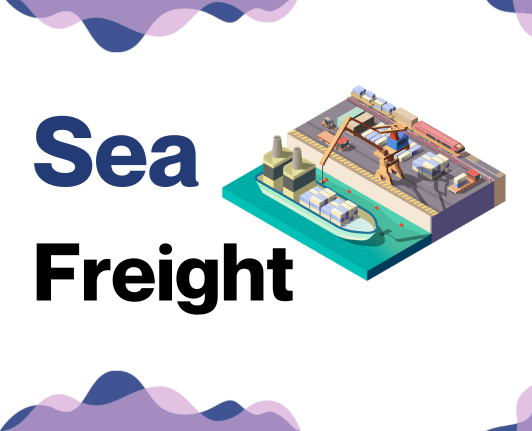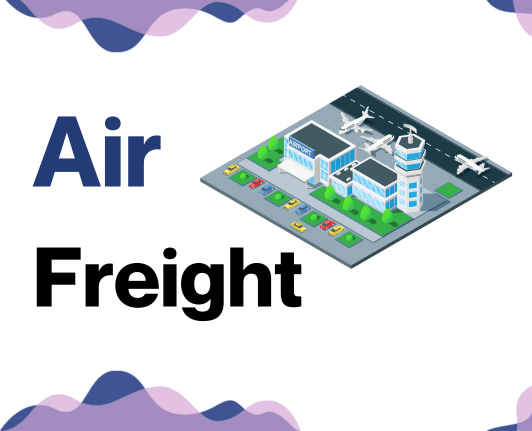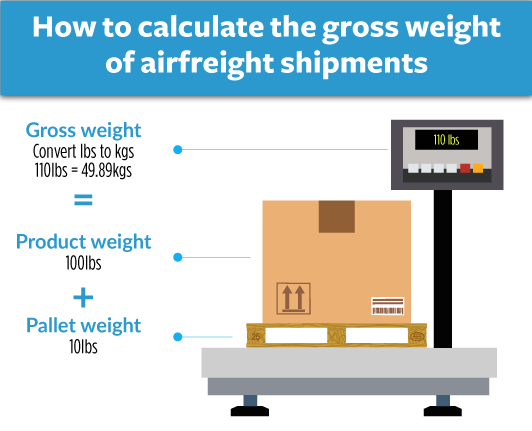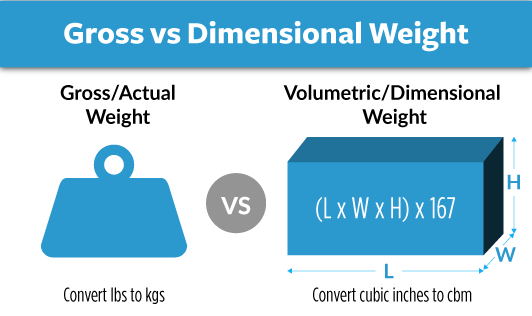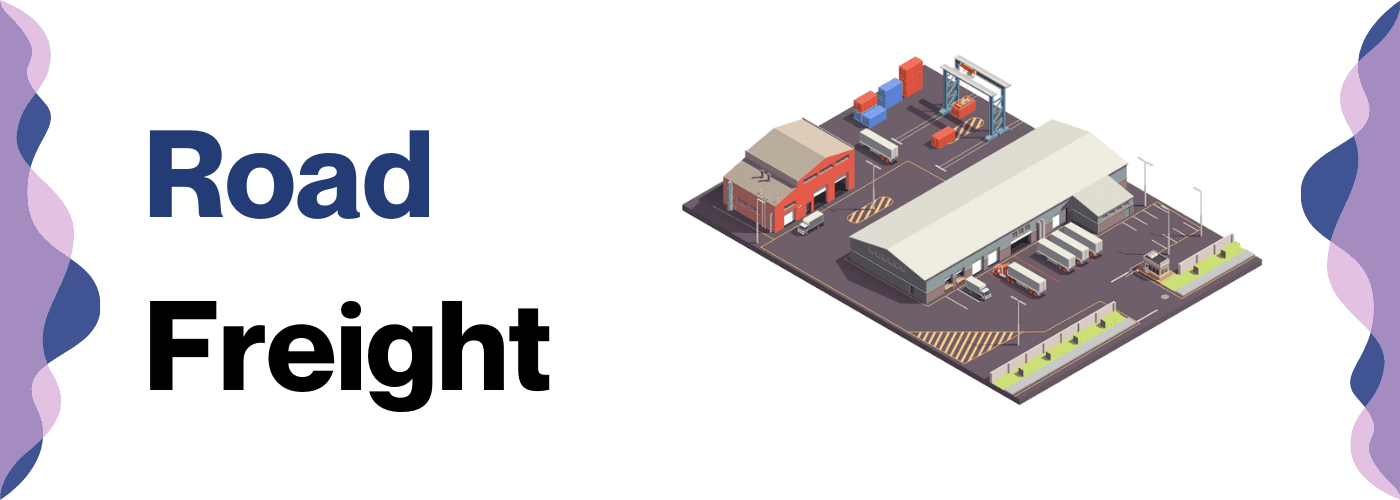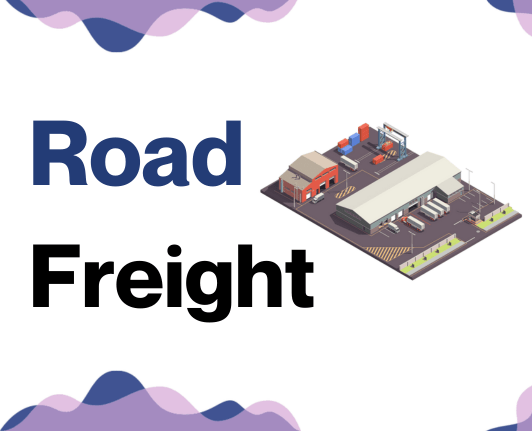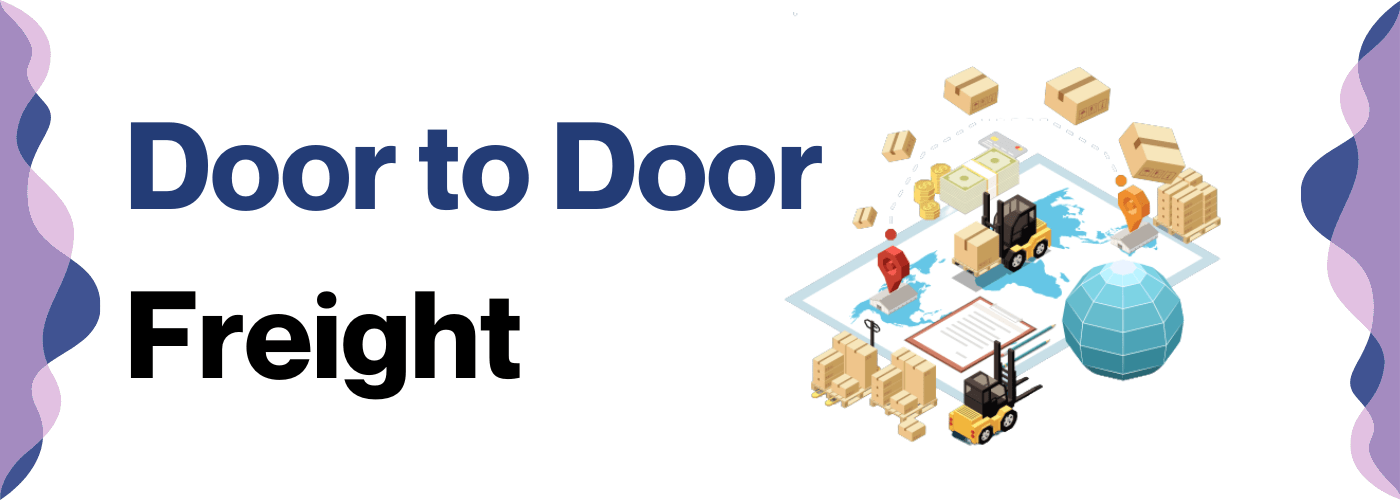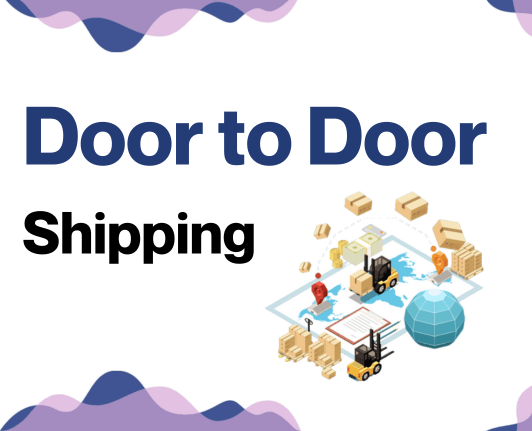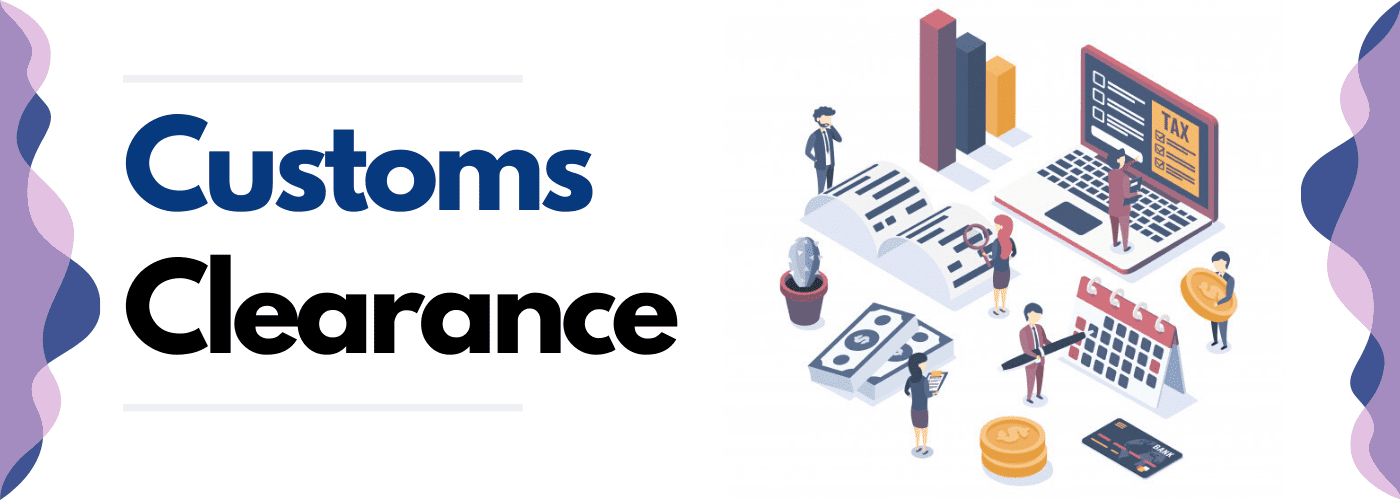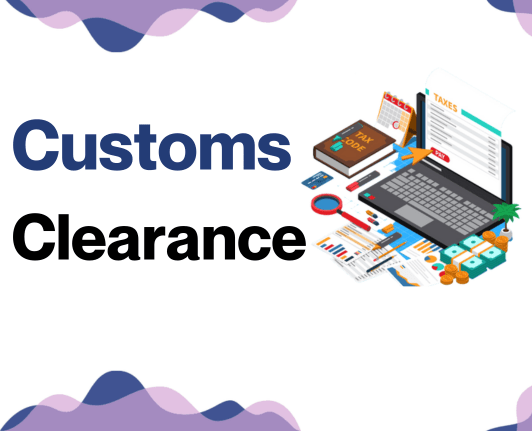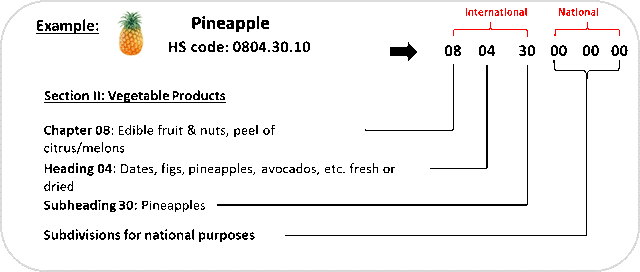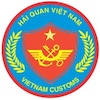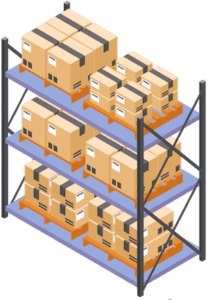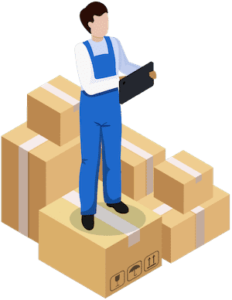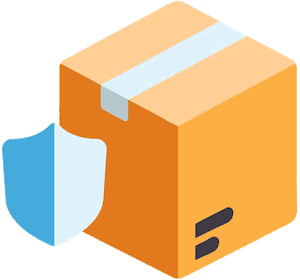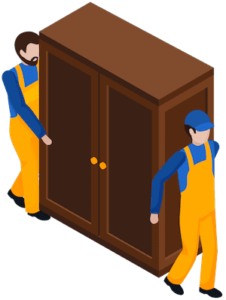1/ INTRODUCE MY EXPERIENCE AT SIAM SHIPPING
My internship at Siam Shipping became obvious when I was looking for an internship in some company. This company, which offers many services related to the subcontracting of its clients import and export projects, was totally in line with my current and future ambitions.
Having two websites based on the same scheme in textiles and accessories, I wanted imperatively to improve and deepen my knowledge in the management of flows, in the control of this sector of activity, customer relations, relations with large forwarding agents, and especially to create a professional network in connection with my current activity.
Moreover, attracted by the Asian countries in which I made many trips during these last years, Siam Shipping, based in Bangkok thus appeared as an evidence and as a motivation in the execution of my internship abroad. In terms of professional experience, after obtaining the telephone appointment, my motivation increased because of the company’s operating plan.
Siam Shipping is a company which goes against the current principles of the functioning of the companies, it is not a Corporate company. The trainee as well as the managers have great freedoms which are similar to those of the Digital Nomad, which is a new and current working method which corresponds to my future ambitions. The management of working time, the management of clients according to time zones, the management of the workload is thus totally controlled by the trainee and the employee while making sure to provide a rigorous and professional work.
The excitement was how, after getting many student jobs based on a corporate model, would be my adaptation after a long positive apprehension
Within this internship report, the company will first be presented in order to understand the missions that have been entrusted to me during this period.
We will end by analyzing globally and from a strictly personal point of view my vision of the world of work in Thailand, and my personal experience.
2/ PRESENTATION OF THE COMPANY AND ITS CONTEXT
Known for its famous islands, and its tourism without moderation, Thailand is a country which enjoys a certain notoriety today. With an estimated population of 65 million. Thailand is ASEAN’s 2nd largest economy. The wealth of the economy derives its resources from tourism but also from agricultural products such as the wide variety of tropical fruits available on the soil, and industrial products such as textiles for example. Known for its famous islands, and its tourism without moderation, Thailand is a country which enjoys today a strong economic growth which continues to increase year after year.
INFRASTRUCTURE PROMOTING TRADE IN THAILAND
-
ROAD TRANSPORTATION
The Thailand has overall infrastructures of quality compared to à its neighbors (Cambodia, Laos, Burma, Vietnam, India…). Road transport remains most used in Thailand (depending on the sources, the share of road transport oscillates between 80% and 92% of the tonnage of goods
carry in Thailand).
This situation can be explained by several factors:
A road reseau much more developed than a rail network (159,000 km of road against less than 5,000 km of rail). A larger flexibility both in driving time and in fixed and variable charges Road freight is the mode of transport which is favored by the Thai government which seeks to develop the road.
SEA TRANSPORTATION
The two main ports for sea freight are Laem Chabang and Bangkok. Laem Chabang are at 22th world rank in container traffic. The second port located in the south of Bangkok know less affluence with around 22% of the port traffic against 65% for Laem Chabang (sources Wikipedia). Many products from China and Vietnam transit through Thailand, including in some cases to be partially converted, before to be ship to Europe or United States.
In addition, Thailand has 35 commercial airport, Suvarnabhumi Bangkok concentrates the bulk of freight traffic (domestic and especially international) since its opening in 2006. The latter has strengthening air sector of the capital with a freight capacity of around 3 million tons per year ( for comparison, the main port of Laem Chabang saw 47 million tons transiting – 31.2 in export against 15.8 in import – in 2012). It is in this dynamic country full of opportunity that the CEO, MR Lelievre, decided in 2008 to create his own multi-service import-export company. Settled for 6 years in Thailand, he decides to put forward his skills acquired in import-export asian employee, taking advantage of the incredible dynamics of Thailand and its international exchanges.
Accompanied in this project by its 3 collaborators with very precise missions such as, the management of the company by the Web site and the commercial and administrative
management. (Wikipedia source for 1.2.3.) After these 3 years, that is to say since my arrival, we distinguish a company with solid bases in full growth in its sector of activity thanks to its extension and its adaptation with its customers, but especially by a good strategy of implantation.
PRESENTATION OF THE COMPANY’S STRATEGIC AREAS OF ACTIVITY
SIAM SHIPPING is a forwarding agent that operates through 4 major areas of strategic activity to meet all types of customers, but also all types of needs.
MANAGEMENT OF COMMERCIAL PROJECTS IN B TO B
Siam shipping offers to manage commercial projects in B to B which represents approximately
60% of their customer portfolio. It is with a follow-up customer, and a professionalism that the company manages to develop its customer loyalty.
COMMERCIAL PROJECT MANAGEMENT IN B TO C
SIAM SHIPPING offers to manage the commercial projects of clients who have non-commercial projects, such as the import of various products from China or Thailand to France. It is with a follow-up and an assistance from the beginning to the end that each project that we accompany the customer in his step by proposing a 100% assumption of responsibility. Siam Shipping adapts to customer needs.
3. RELOCATION MANAGEMENT
This branch was under the name of Siam-Relocation. It specialises in removals and provides a service of the same quality as that of its competitors. On the other hand, its competitive advantage is based on the price of its service. Indeed, Siam Shipping does not have to support important loads like those of these competitors: marketing, structure…
4. ANCILLARY SERVICES
Each commercial project or move requires additional services specific to logistics. Among these services we find a necessary packing service for all types of commercial projects and removals, customs clearance, and a storage service.
All these services allow SIAM SHIPPING to offer an optimal service able to answer all the problems. Although the company is able to offer its international shipping services for requests up to several tons and several containers, the majority of its customers rely on small requests often less than a ton. This is due to the fact that the logistics market is very hierarchical.
HOW THE FREIGHT FORWARDING MARKET IS
STRUCTURED AND WHERE SIAM SHIPPING IS LOCATED
LARGE COMPANIES
Indeed, the largest companies holding their own containers and mastering all stages of shipments, from the recovery of the goods to their delivery to the customer, refuse small contracts, usually under a ton. Large companies favor profitability by customers offering large quantities attracted by the prices offered by large companies, the cheapest on the market.
SMALL AND MEDIUM-SIZED COMPANIES
Small forwarding structures such as SIAM SHIPPING deal with small volume shipments, often operated by private individuals or small companies who do not have the strength or even the knowledge to impose themselves via large companies, often in search of a tailor-made service and a customer service attentive to their needs, able to accompany them in all stages of transport.
PUBLIC AND PRIVATE STRUCTURES
Companies such as La Poste or FedEx & DHL are responsible for sending low-capacity parcels. These services are highly appreciated by clients because of the ease of care and procedures. However its use is limited in the framework of commercial exchanges and leaves the place to the specialized forwarders able to manage shipments with capacities and a mass of more than 100 kilograms.
HOW SIAM SHIPPING MAKE THE DIFFERENCE IN A HIGHLY COMPETITIVE MARKET
Siam Shipping offers are not only limited to transport, they also have additional services very appreciated by customers. Operational and commercial follow-up are in particular assets. In effects, whatever the type of transport, goods, perishable goods, personal effects or vehicles, Siam Shipping remains in permanent contact until the final delivery. A thorough knowledge of international customs institutions enables them to respect their commitments to customers
List of services Siam Shipping provides:
- Air Freight
- Customs clearance
- International Moving
- Sea freight- Packaging service
- Door to door service
- Multi modal
- Express transport
One of the keys to Siam Shipping’s success is its multilingual team: French, English, German and of course Thai. In a rapidly changing global market, communicating in your native language is very much appreciated. Siam Shipping has a varied clientele, mainly SMEs, but also multinationals, NGOs and of course individuals. For each customer, the goal is to satisfy him in order to build his loyalty. Customer success is the company’s obsession.
MY EXPERIENCE AT SIAM SHIPPING
The 02.01.18, is held the first meeting within the team SIAM SHIPPING, it is in a pleasant and sympathetic atmosphere that are presented the various objectives and the various missions in connection with the duration of the training course. The goal is to give me total autonomy so that I can work fluidly and become confident with the work and logistics in general. Then, the objective was to go directly to the meeting of the customers on the Thai ground, to analyze the customers’ needs within the SIAM SHIPPING offices, or to find new customers by concentrating on new customer targets, that of the NGOs for example, having an activity on the ground of China, or on the Thai ground, or to conquer new professional partners in order to open up to new markets.
MY MISSIONS AND MY ROLE IN RELATION WITH THE SALES
DEPARTMENT
In the commercial service my missions are to treat the requests of the customers received via the internal sites SIAM SHIPPING specialized in the sending from Thailand and SINO SHIPPING from or to China, or for SIAM RELOCATION, specialized for the moving between Europe and Asia.
-
MANAGEMENT OF REQUESTS RELATED TO THE REMOVAL SERVICE: SIAM RELOCATION
In order to manage a move as well as possible, my role is to analyze all the elements so that the operation is carried out without encumbers. Logistics being a highly technical environment, as a Business Developer it is important to have had prior training or professional experience in this environment, in order to give a professional service by offering an optimal service for the customer.
-
MY ROLE IN THE MOVING DEPARTMENT
Contact by email or telephone, with the aim of:
- Check the volume and weight of personal effects This step is decisive since it allows to know the capacity of the personal effects at the time of the
removals. This makes it possible to determine an initial estimate of the total price of the shipment for the customer, but above all it makes it possible to determine which shipping method we will advise the customer.
- Verification that the mode of transport chosen is consistent with your personal effects. During a move, once we have determined the weight and volume, we can now inform ourselves about the constraints imposed by the customer. These constraints are often translated in terms of time and cost. This is why we have to adapt our offer in order to offer an optimal service to the customer, which meets his needs.
- Analysis of needs concerning ancillary services When moving, it is important to ask about the nature of the goods. Indeed, we must know the fragility of the goods transported, and therefore offer a packing service for the goods in order to ensure safe transport.
- Verification of the conditions of access to your home, departure and arrival
- Verification of parking authorizations for a truck and/or a container, mandatory for the day of loading and unloading
- Documentary verification, in order to provide all necessary documents to the competent customs authorities
- Checks concerning the tax exemption conditions
Once all these steps are established, we can propose an estimate to the customer.
MY ROLE IN THE BUSINESS DEVELOPMENT DEPARTMENT IN CHINA
AND THAILAND
Once the requests for estimate received by email, transmitted by Mr. Jean, it is then that my role intervenes. It is important to get to know the needs and get as much information as possible about the business project. This makes it possible to offer an optimized service by reducing the costs and risks associated with unforeseen events.
FOR COMMERCIAL PROJECTS, IT IS MANDATORY TO KNOW:
- Volume and weight: Volume is weight to determine which is the best solution for the customer’s commercial project, in the case of a large volume, we prefer sea freight, in the case of a small volume, we offer a subcontracted service with our partners Fedex or DHL, or by air freight.
- Port of destination and port of arrival: It is important to know this information from the first contact with the customer, although this information is logical regarding the handling of goods, we can sometimes propose alternative seaports depending on the precise place of delivery of goods.
- The nature of the goods (HS CODE) In order to know if the commercial project is possible, or not, according to the legislation specific to each country.
- The service requested according to the incoterm: Every commercial project is different, and every client requires a tailor-made service. This is why the Incoterm will be the indicator that will determine the quantity of our services and the takeover of the goods. Depending on the project, we can offer 100% takeover, i.e. we take over the goods from the supplier’s warehouse to the customer’s address abroad. We can also offer a service with a service only from the port of departure to the port of arrival, the solutions are multiple and varied.
MAKING CONTACT WITH OUR CUSTOMERS:
The contact of our customers is usually made, for those coming from Europe or China, by email, after analysis of needs and sending quotes, if the customer is interested in our offer we proceed to a contact by phone in order to conclude the transaction. Within the framework of our customers based in Thailand, more precisely in Bangkok, we
privilege a direct contact with our customers in our offices, this makes it possible to establish a climate of confidence from the first meeting and to conclude more easily. During my internship there were many meetings with our clients in Bangkok and its surroundings, without the help of our staff, it really puts us in the shoes of a business developer thanks to the responsibilities we carry. Indeed, we have no choice, we must succeed in signing the advantage of the appointments with our clients at the offices, allows us to analyze our knowledge in contact situation, we go from student employee. The feeling of feeling in a different situation is appreciable.
BILAN
My internship at SIAM SHIPPING was very formative and allowed me to mature professionally.
– KNOWLEDGE ACQUIRED IN WEB MARKETING
Alongside Nicolas Rahme, I was able to develop my knowledge regarding marketing in shipping industry. The work in web marketing is determining in the creation of a company, indeed, it is very important when developing a service on Internet to have an important presence, and to know the elements determining to a good referencing.
As mentioned earlier in my internship report, the main elements were taught to us and we had the opportunity to handle the activity in full autonomy. Indeed, managing a specialized activity allows to develop an ease in its understanding and in its implementation. Within the framework of my personal projects, this web marketing part acquired during my internship has given me confidence in the development of my future projects.
– KNOWLEDGE AND BENEFITS GAINED IN BUSINESS STRATEGY
The commercial strategy mentioned above allows us to highlight our personal skills. Especially during appointments with our clients, we can put to good use our acquired skills that we learned during our studies, so we put forward our linguistic skills with a mastery of English that must be perfect, and our commercial skills that translate into a good presentation of services, a professional attitude and a mastery of techniques and the logistics sector.
More precisely, it is a gain of personal confidence which was acquired since the lived situations
allow me to be more at ease concerning the apprehension of the professional appointments and
their management. It is also an acquired confidence concerning the management of removals but also international transport for private individuals or professionals thanks to many difficulties and many points which were solved by my Master of Training Courses, which is very formative and makes it possible to learn from its errors.
MY ANALYSIS OF THE COMPANY’S OVERALL STRATEGY BASED ON MY PERSONAL EXPERIENCE
My experience in web marketing has not allowed me to feel or analyzed a need for development or improvement regarding the work already done, since the website is very well referenced in search engines, which is an indicator regarding the quality of work. However, concerning my experience in the sales department, many elements appeared to me as
essential to the development of the company, in particular in the research of the optimization of the customer service:
OPTIMIZATION OF THE CUSTOMER SERVICE
– How to convert a maximum potential customer. So I decided to optimize the visual of the estimates, so that the customer sees a real company with a careful design, which indicates, in the unconscious, a qualified and good quality service. The visual aspect, makes it possible to bring a good image of the company: Here on the left the estimate before modification, and on the left the estimate after. Regarding changes in the customer contact process and the retargeting process, there are many ideas I have that can improve customer service.
– Contacting the client
The customer contact is essential and allows to create links with his interlocutor, indeed, the exchanges by email does not release any emotions, the emotions are only verbal and have negligible impact on the final decision which is to buy, or not to buy our services. My optimization proposal consists of systematically contacting the potential customer as soon as he requests a quote via the website using the telephone number required at the time of the request. Calling the customer allows to create a link through a real contact, so the chances to convert the potential customer into customer is maximized. The information between the two interlocutors is transmitted orally, and the use of a comprehensive and professional language ultimately increases turnover and customer satisfaction.
– Keep in touch with the client
This is another strategy that seems to me essential when you have a website, and you offer a service to an audience. Thanks to the many requests via the website this allows to keep a database with many websites. Currently having 2 websites, I used to use these email addresses for commercial purposes, by regularly sending advertising. My optimization proposal is based on the same method, which consists in sending advertising regularly to all our clients, whether they have already signed contracts with our services or not. This allows to put in customers’ heads, through regular email sequences, that if they find the need to call a forwarder, SIAM SHIPPING or SINO SHIPPING can understand their needs.
– What elements should be included in the email?
In my opinion, the retargeting email should feature a relatively beautiful woman, the customers in import and export being mostly men, who uses a friendly vocabulary in order to offer discounts or important announcements to her customers. Using beauty can allow male customers to unconsciously direct themselves to our services, and
friendly language can allow it to create an almost friendly relationship in email exchange. Here is my proposal made to SIAM SHIPPING regarding the design of emails and the type of conversation to have with customers
POINT NOTED IN THE WORKING METHODS
- HIERARCHY
The hierarchy in Thailand is much more marked than in France, but the relationship with its employees is different. In Thailand, communicating with one’s direct superior is equivalent for a Thai to communicating with one’s CEO for a European, especially in terms of respect. The authority and control that a superior has over his employees is not acquired and maintained in the same way.
The hierarchical superior when he is Western is very often recognized for his expertise and his professionalism, but also for his capacity to make good decisions, his authority is acquired and regulated thanks to rules. In Thailand, the leader will be appreciated only if he shows that he knows how to be interested and understand his collaborators, it is with the relations that he will know how to build with each one that his authority will become legitimate.
- COMMUNICATION
The atmosphere within the companies in Thailand is characterized by an extreme respect and politeness, in connection with the values of the inhabitants in the everyday life. Arrogance or having direct words are defects that show a lack of control and a disrespect much less tolerated than in the West are defects much less tolerated than in the West.
The form during a discussion is important but it is the substance of the communication varies enormously: your Thai collaborator will never disagree with your complaints. The smile is extremely used within the framework of an answer by the Thai collaborators but a smile or even a yes is not necessarily worth acceptance or understanding. As a manager, you often have to make sure that requests are understood, and do not hesitate to explain and re-explain with patience, even if your colleagues do not ask questions to make sure you understand whatever happens.
CONFLICT MANAGEMENT
Thanks to my network, I was able to clarify this point which seems interesting in a country where trade unions are almost non-existent, how it settles conflicts internally in their company, whereas in France we are protected by rights and where conflicts often have institutionalized solutions. In Thailand, if you want to keep good relations with your employees and stay in a good working atmosphere, it is important to know some rules to best adapt to the culture. To settle your conflicts internally with your colleagues, it is preferable not to involve other people in this conflict and to settle it only in the presence of the person concerned, it is necessary to remain calm and patient because in Thailand, to lose one’s composure is often a sign of weakness and a lack of control of oneself.
HOW TO BUILD PERSONAL AND FRIENDLY RELATIONSHIPS
It is often the fruit of our culture, the French and even the Europeans: we do not develop enough friendly and personal relations with our colleagues, because it is important to distinguish our different types of relations: personal and professional. But in Thailand, co-workers can also be very good friends very easily. Thai people, unlike the French, attach immense importance to the quality of professional relations in the workplace. The motivation lies in the establishment of strong and almost friendly links between the hierarchy and the other employees, and less in the promises of promotions at the professional career level. This is explained by the fact that Thai people prefer harmony in the workplace because colleagues are almost full members of their families.
Regarding loyalty to their company, Thai employees will not hesitate to change employers in the event of disagreement, in terms of labor relations, working methods or pressure. The unemployment rate being very low, and the family ties are very strong, the Thai employee will have no problem during his job search period because he has several supports. This observation was made thanks to numerous questions put to my expats and Thai friends but
also stems from my own feelings and a personal opinion.
TO CONCLUDE
My internship at Siam Shipping was a very enriching experience in terms of cultural and professional learning. It was with great satisfaction that I was able to deepen my knowledge in the logistics field while working without constraints of time and schedule.
This working model requires autonomy and responsibility towards its important commitments and allows to offer great freedoms without losing in effectiveness.
From a personal point of view, it is an increase in self-confidence that has taken root with regard to the professional environment, the maintenance of relationships, the setting to work, but above all a comforting in my idea and professional project. Indeed, my internship in Bangkok allowed me to meet many locals, but also to create me a real network of entrepreneurs who today allowed me and support me in the development of my project, result of much reflection during my internship period, this is why my third year will be in university in Bangkok. The project that we will set up will be an online textile sales platform allowing many designers to show case their collections on the European market. The clothing having a very low cost of production in Thailand and being of quality, consumers will be able to buy many articles while having a social approach: paid small creator, with the satisfaction of a unique clothing. We planned to finance local associations with a share of the monthly profit so that our action would have a real social and responsible approach.
These 3 months in Bangkok were very interesting, with a culture shock and a demand to adapt to these significant changes. The confrontation with a foreign environment with the usual comfort and a work model totally different from my previous professional experiences in France was a beneficial confrontation and opened opportunities and brought me to maturity.
